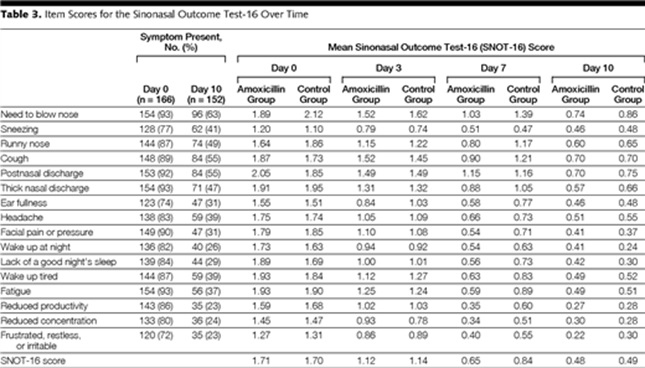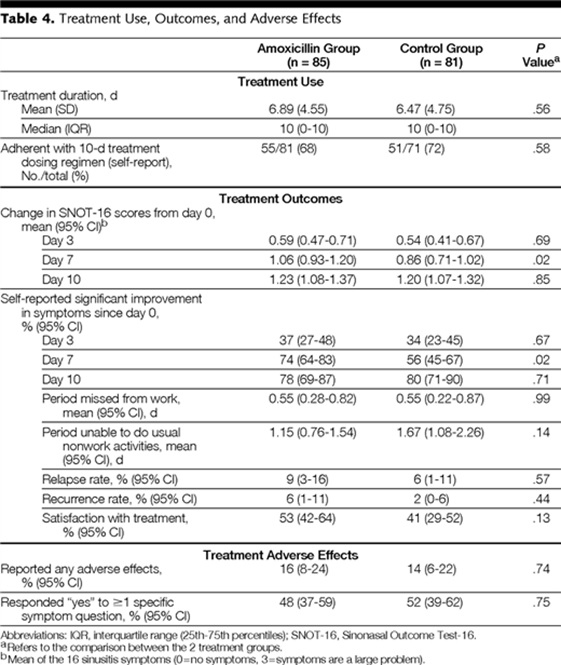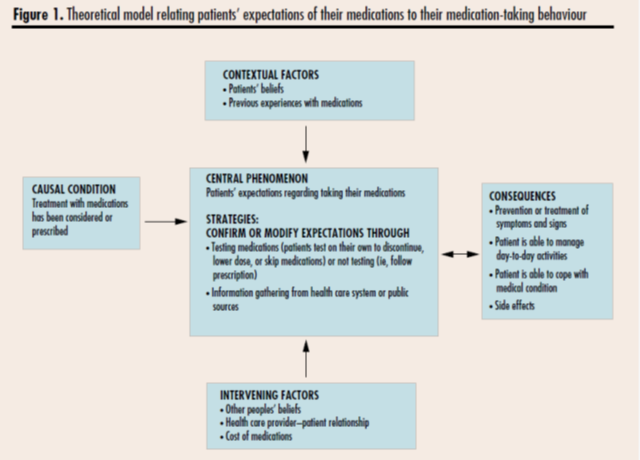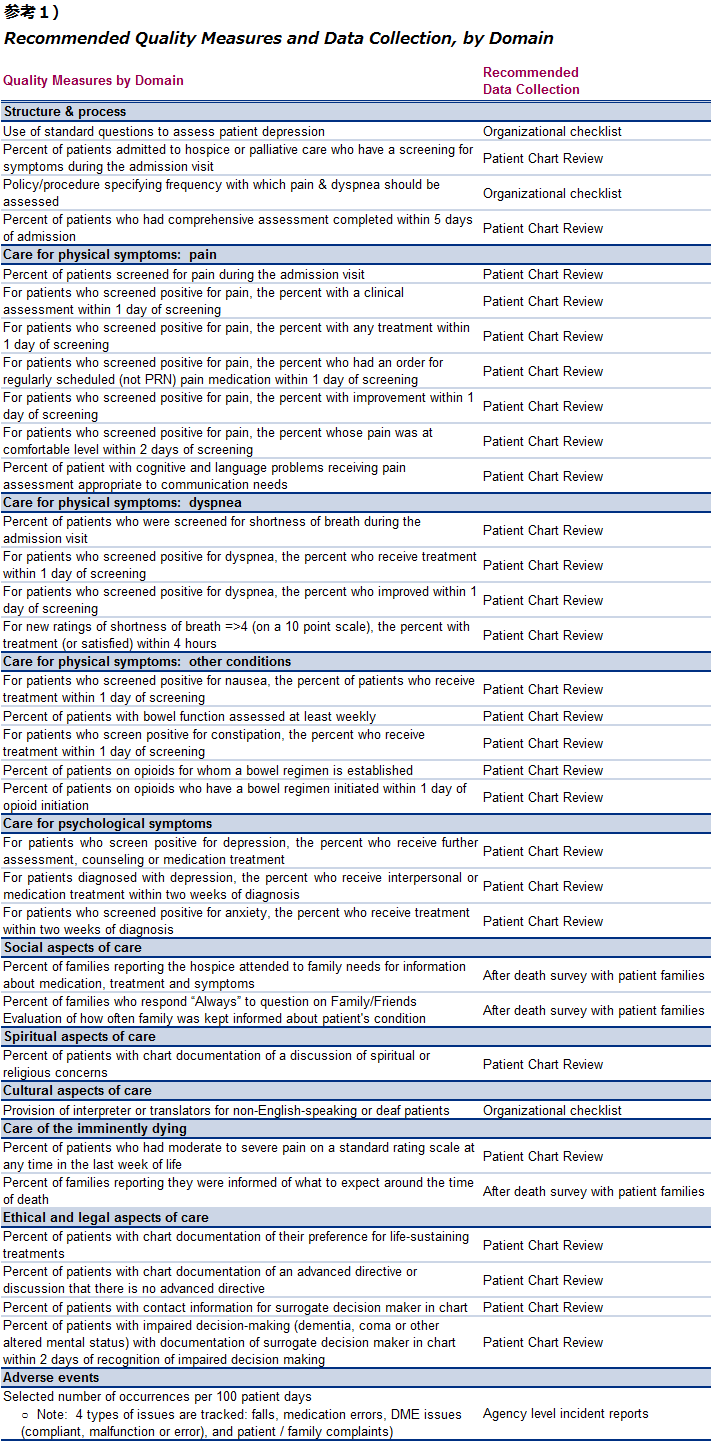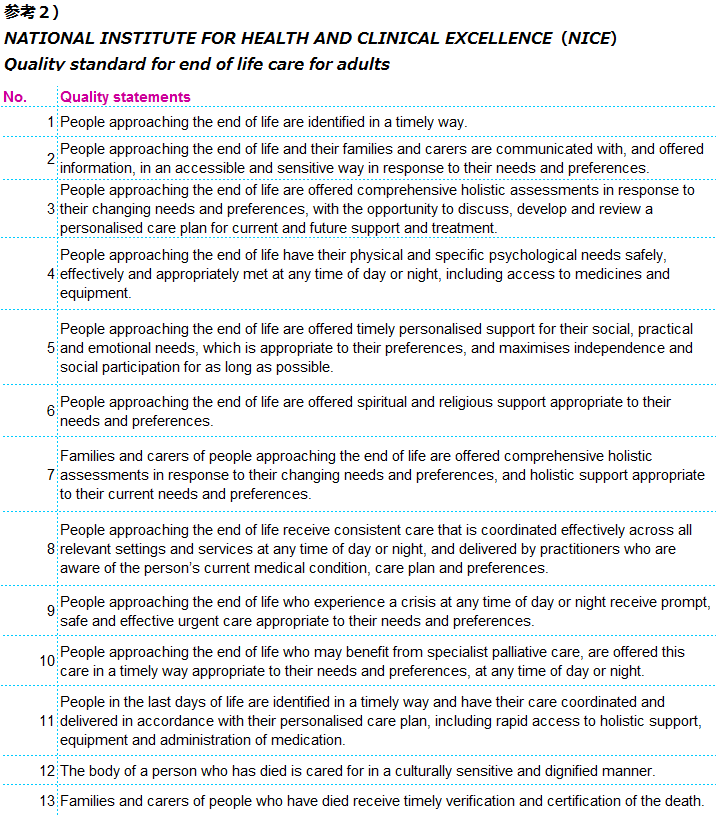【文献名】
著者名:Richchard J. Ham et al.
文献タイトル:Primary Care Geriatrics.
雑誌名・書籍名:5th Ed. MOSBY.
発行年:2007.
【要約】
Chapter1 Caring for Older Patients and an Aging Population
<OBJECTIVES>
・Describe the demographic changes resulting from the ageing population of US (Japan)
・Explain how demographic changes occurring among rural population, minorities, and women will affect health care.
・Discuss primary care as it pertains geriatrics
・Describe two features that make up the foundation of geriatrics medicine
・Describe the newest trends and programs in geriatric care
<POPURATION DEMOGRAPHICS>
In 2003, nearly 36 million people age 65 and over live in the US
Women make up 58% of those over age 65 and almost 70% of those over 85
A common myth in America is that older people are “dumped” into nursing home
<RURAL ELDERS>
Rural elderly living on farms are more likely than urban elderly to be married and living with their spouse.
These limitations affect rural elder’s use of health care services, especially owing to limited access to health maintenance visits and prevent care.
<ECONOMICS OF AGING>
Social Security income has provided the largest share of income for older Americans since the early 1960s
<DEMOGRAPHY AS IT AFFECTS HEALTH CARE>
Childhood mortality has been significantly reduced
Changes in public health
Changes of Causes of death (1940s;infections,trauma→Now; chronic disease )
<CHANGES IN LONG-TERM CARE AND THE INFLUENCE OF THE BABY BOOMERS>
One of the greatest shifts in long-term care culture is currently within the nursing home setting.
<PROVIDERS OF GERIATRIC CARE>
All clinicians see older persons
All health care providers to have substantial geriatrics training
<PRIMARY CARE>
Successful primary care for the frail/complex older adult is based both on a special knowledge set and on a philosophy of care.
-Geriatrics as a Philosophy of Care-
Treatment decisions should be evaluated in terms of the potential benefit of enhancing or maintaining function versus the potential risk of causing a loss independence
-Ethical Decision Making-
There is much that we can do in medicine, but key question in geriatric care is what we should do.
Geriatric clinicians need to be aware of their own values toward disease and disability
-Patient-centered care-
The clinician can utilize the questions in the acronym FIFE to explore the meaning and impact of changes in the patient’s life
<RECOGNIZING AND AVOIDING AGEISM>
Ageism refers to the unfair judging of elderly adults simply because of their advanced age
This stereotype can be so prevalent in society that it is almost invisible, but it can perpetuate negative behavior.
<FUTURE TRENDS>
-Collaborative Practice-
Effective care of the older adults in highlighted by collaboration between multiple health care providers
-Prevent Care-
Research has shown that health promotion and disease prevention activities are beneficial in any age
-Chronic Disease Self-Management-
-Special Programs for Organizing, Funding, and Providing Geriatric Care-
・the complexity involved in providing comprehensive geriatrics care has led to the development of number of special programs to improve quality and reduce risks.
-Program of all-inclusive care of the elderly-
・The example of a managed capitates approach to improving the care for the frail elderly the Program of all-inclusive care of the elderly(PACE)….The two cost medical care components are hospital and nursing home care…PACE program are able to expand the range of covered service
<SUMMARY>
The aging population will mean that all primary care clinicians will spread a significant portion of their time providing care to older persons.
Clinicians must be aware that “Older persons” is very diverse and each patients likely to present with special needs and challenges.
Geriatric care involves both a specific knowledge base and a particular approach to problems.
The foundation of that approach is attention to the patient’s function capabilities and an appreciation for the ethical questions that underline all medical decisions.
Because of complexity involved in caring for this diverse population, interdisciplinary teams and special programs are often necessary.
【開催日】
2012年4月18日
